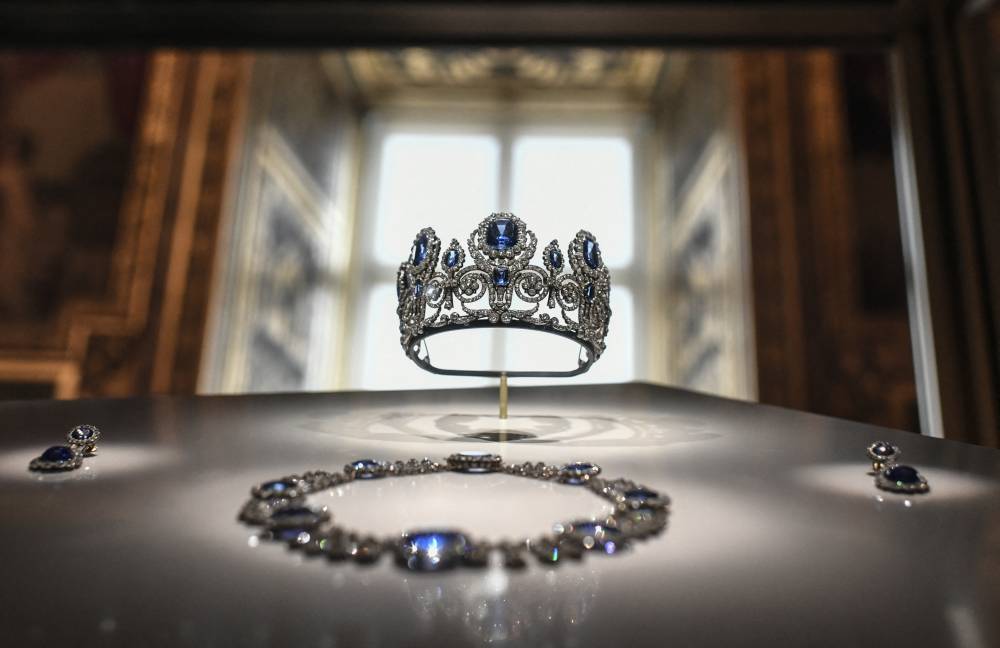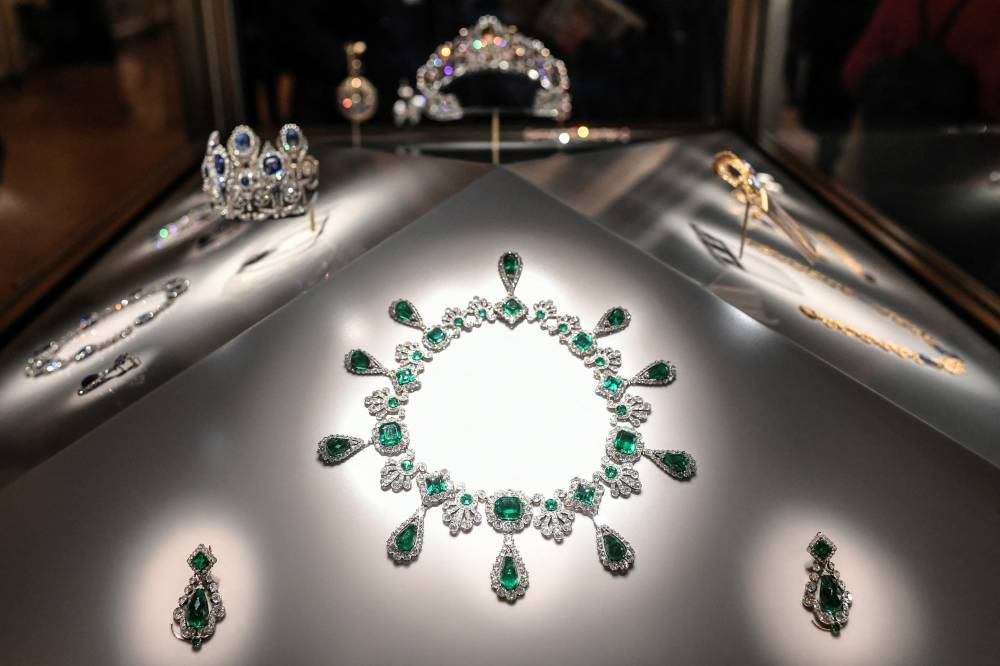What jewelers really think of the Louvre robbery

The news of the Louvre heist hit me like a punch to the gut. As a jeweler, I could not help but feel an ache that went beyond outrage. It was grief—grief for the loss of beauty, history, and human craftsmanship that can never be replicated. I have been going back and forth about writing this because it physically hurts to think about it.
But perhaps putting the words down will help ease the heaviness in my heart, even just a little.
Surely an inside job
Two suspects have been arrested as of writing, but the royal jewels remain missing. The thought that they could be dismantled, melted, or worse, sold piece by piece in some dark corner of the world keeps me awake at night. The robbery happened in just seven minutes, on a Sunday morning, inside the most visited museum in the world. The thieves used a lift basket to reach the Galerie d’Apollon, where the French Crown Jewels were displayed.
A chainsaw was reportedly used to cut through glass cases. A chainsaw, inside the Louvre. I find that impossible to believe without someone on the inside knowing something.
It was too well-planned, too perfectly executed. Even bringing a bottle of soda into the museum would attract a guard’s attention, so how could the noise of heavy machinery go unnoticed? To me, the only explanation is that it was an inside job.
The jewelers weigh in
When I first heard the details, my disbelief was mixed with a strange kind of sorrow, the kind that sits in your chest and refuses to go away. For those of us who work with jewelry, this is not about price tags or rarity. It is about the sacred connection between human creativity and history. To lose pieces of that magnitude is to lose part of our shared story.
Fellow jeweler Paul Syjuco shares, “Definitely an inside job. The pieces are priceless and worth much more intact than if they were melted down, so I am not sure if this robbery was commissioned by a collector. We might never see them again.”
I completely agree. A few grams of gold mean nothing compared to the history and artistry embedded in those jewels. The stones themselves—diamonds, emeralds, and sapphires—may have great value, but their true worth lies in their story. Each gemstone carries the weight of generations, each curve of metal shaped by hands that belonged to artisans long gone but never forgotten.
Another jeweler, Lucille Dizon, says, “I am sad because of the heritage that is now lost. I am shocked that a high-security venue could be breached so easily and quickly. It brings serious doubts about the security measures that the museum has.”
Her words echo what many of us in the jewelry community feel: disbelief mixed with sorrow. We know how much skill and devotion go into crafting such pieces. Every gemstone has a soul, every setting a purpose. These are not trinkets that can simply be remade. They are works of art that took lifetimes of knowledge to perfect.

The value, meaning, and history these pieces hold
The Louvre, of all places, symbolizes preservation. It is where civilization keeps its most treasured creations safe. To think that it could be so easily violated feels like an assault on culture itself. The incident forces all of us to question what it means to protect history in an age when everything can be replicated, resold, or reinvented.
There is also another uncomfortable truth that must be said. Perhaps some of the pieces displayed in the Louvre do not entirely belong to France. Maybe some of them once belonged to other nations, taken during conquest, colonization, or conflict.
And yet, despite this complicated past, I always found comfort knowing that these pieces were at least well preserved, protected, and admired by millions. I would rather they stay in a museum where the public can learn from them, where they can be appreciated as part of our shared human heritage, rather than hidden away by a private collector who keeps them only for themself.
Worse still, it pains me to imagine them being sold off in fragments for profit, stripped of meaning and history for someone’s selfish gain.
Stories told in gold and stone
Suzette Ayson, who has been in the jewelry business for decades, offered a reflection that stopped me in my tracks. “The Louvre heist is one of the most daring acts in history. As a jeweler, I see it not merely as a crime, but as a tragedy, a wound carved into the legacy of human craftsmanship. Those jewels were more than decoration. They were stories told in gold and stone, reflections of skill, devotion, and time. To lose them is to lose a bridge to who we were and to how beauty once demanded patience and purpose.”
“Yet perhaps this heist was not about theft,” she adds. “Perhaps it was philosophy in motion, a rebellion against the illusions of power and privilege. A reminder that value is not what glitters behind glass, but what endures in meaning, truth, and creation. Maybe this loss is a challenge for the new generation to shape art not from wealth, but from wisdom. To build not for status but for balance, the rarest treasure of all.”
Her words transformed my anger into reflection. Maybe she is right. Maybe this event forces us to confront our relationship with luxury, ownership, and legacy. Still, as a jeweler who reveres the past, I cannot help but mourn.
Each day that passes without recovery makes me fear for what remains of those masterpieces. I imagine the crown being torn apart, the diamonds recut to disguise their origin, the emeralds separated from their royal history. It breaks my heart because these are not just objects. They are vessels of culture and human brilliance. They remind us of eras when beauty was born from devotion, not mass production.
History made tangible
As jewelers, we see both sides of the coin. We understand the allure of possession and the power of preservation. We also know how fragile heritage can be. Once a masterpiece is lost, no amount of money or skill can bring it back. The thought that centuries of artistry may now exist only in memory feels unbearable.
The Louvre heist will go down in history as one of the most devastating acts of art theft. But perhaps it should also serve as a reminder that jewels, whether in a museum or in a private collection, are not merely possessions. They are history made tangible, emotion forged into form. And once they are gone, a part of our shared human story disappears with them.
To whoever masterminded this unforgivable act, I hope you realize that you did not just steal gold and gemstones. You stole fragments of humanity, stories that outlived kings, and beauty that was meant to inspire generations. You may have escaped with treasure, but you have robbed the world of its pride, its memory, and its soul.
And no amount of stolen sparkle will ever hide the ugliness of that crime.

















